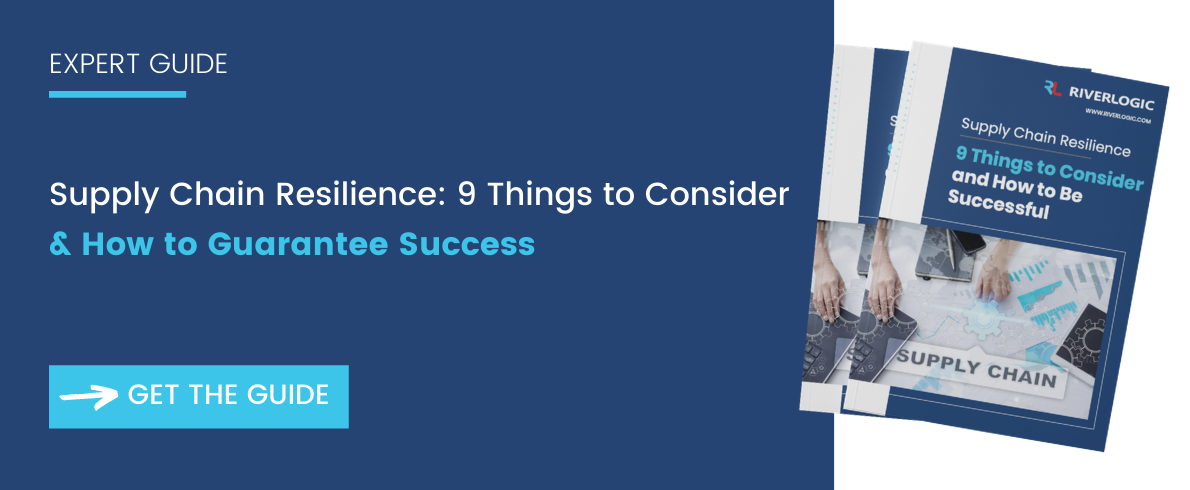To what extent do these common supply chain terms need to be considered as supply chain managers strive to find the right balance?
Supply Chain Resilience vs. Flexibility and Agility
Flexibility and agility are vital supply chain characteristics that allow organizations to adapt to rapidly changing consumer demand. This is particularly the case with omni-channel retailing. Some organizations adapt through implementing bimodal supply chains, effectively merging two separate supply chains into one.
This approach enhances resilience while creating the flexibility to respond to new opportunities quickly and effectively.
At the same time, supply chain managers need to guard against agile strategies that neglect resilience, such as frequently switching suppliers in an attempt to minimize costs but with insufficient regard for what happens when something goes wrong.
Supply Chain Resilience vs. Sustainability
While resilience and sustainability have much in common, with both seeking enduring supply chain solutions, their subtle differences are nevertheless important. A sustainable supply chain is one that seeks to practice policies that benefit society and the environment to ensure resources continue to be available.
In that context, sustainability and resilience have a similar meaning.
However, resource limitations that affect availability are detrimental to resilience. As sustainable resources usually need careful management to ensure future availability, this may mean reducing off-take and other conservation policies that may affect supply chain resilience.
Supply Chain Resilience and Continuity
It could be said that resilience and continuity are different sides of the same coin. Continuity is the ability of a business to continue to operate after a major disruption. Business continuity planning incorporates strategies for managing supply chain risk to ensure continuity in the face of foreseen and unforeseen risks.
Similarly, supply chain resilience seeks to ensure that the supply chain is robust enough to survive disruptive incidents and influences. Whereas continuity planning identifies strategies for recovery, resilience also incorporates establishing mutual and enduring business relationships with suppliers.
Supply Chain Resilience vs. Cost
Supply chain resilience and cost are at once adversarial and compatible. In an adversarial sense, sourcing goods primarily on cost means low resilience, as suppliers know the relationship will only endure while they offer the lowest price, consistent with specification. In such a situation, there’s limited incentive for developing long-term relationships.
Supply chain managers seeking to develop resilience should understand the need for give and take as well as the benefit of dual sourcing policies and long-term supplier relationships. Conversely, there’s still the need to manage supply chain costs appropriately as price is always a major determinant in consumer decision making.
Read our blog on supply chain cost optimization for a deeper dive on balancing the two.
Supply Chain Resilience vs. Efficiency
Efficiency can be defined as a system focused on producing exactly what’s required with minimal waste. For example, lean production techniques focus on incremental improvements in efficiency so as to reduce waste.
Resilience on the other hand strives to create a system that’s robust and able to withstand disruption. In this sense, resilience and efficiency are, to a degree, incompatible, although it must be accepted that each is important and neither can be neglected.
Determining the Appropriate Trade-Offs
With COVID-19 still a major concern, resilient strategies are very much in focus. However, in the real world, there has to be a balance between resilience, agility, sustainability, continuity, cost and efficiency. Over-emphasis on any one philosophy means you’re vulnerable if that’s the wrong strategy for the time or situation.
Determining the best strategy requires a mix of predictive and prescriptive analytics to determine future trends and reveal the best strategies and decisions to preserve the business and create a balance between these sometimes conflicting yet vital attributes.




